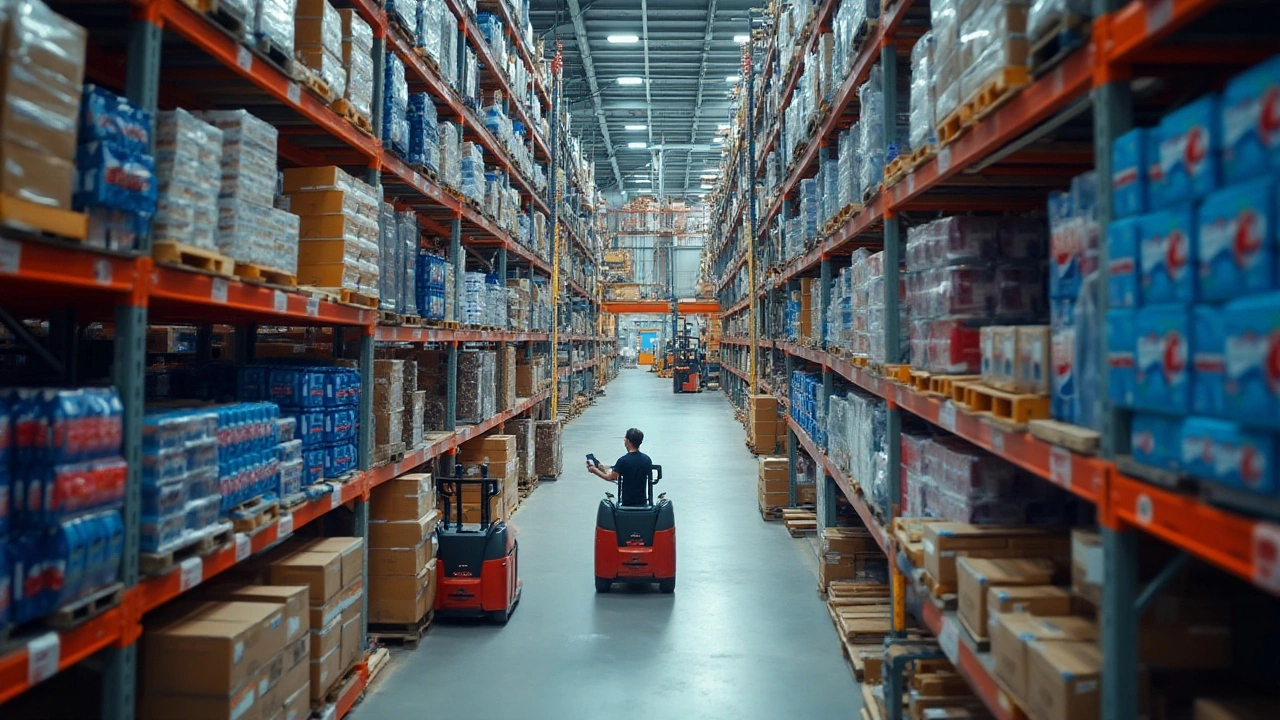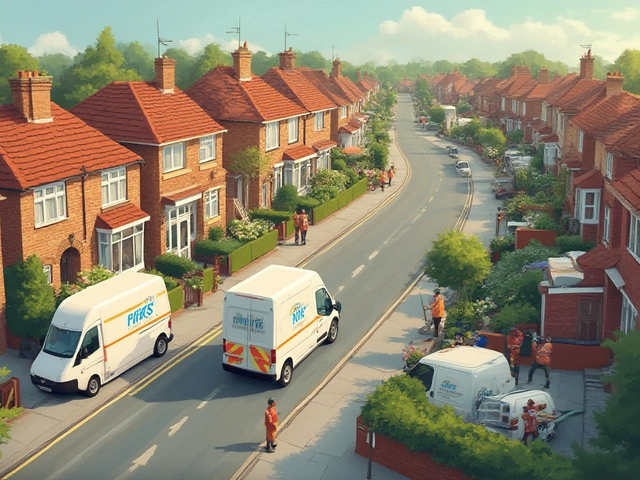Technology in Logistics – Tools, Trends & Tips
If you run a removal, delivery or e‑commerce operation, you’ve probably heard tech is the game‑changer. But what does that actually mean for your day‑to‑day? Below you’ll find the practical stuff you can start using right now, plus a look at where the industry is heading.
Why tech matters in modern logistics
First, tech saves money. A good warehouse management system (WMS) cuts down on misplaced pallets and reduces the time workers spend searching for inventory. That translates directly into lower labor costs.
Second, tech improves speed. Transportation management software (TMS) can automatically pick the cheapest carrier, reroute trucks around traffic jams, and send real‑time updates to customers. Faster deliveries keep shoppers happy and shrink return rates.
Third, tech gives you data you can act on. With a cloud‑based dashboard you can see which routes are most profitable, where delays happen, and how demand shifts across the year. Those insights let you tweak processes before a problem grows.
Top tech solutions you should know
Warehouse Management Systems (WMS): Look for a system that supports barcode scanning, slotting optimization, and easy integration with your existing ERP. Simple tools like Fishbowl or TradeGecko work well for small to mid‑size warehouses, while larger firms may need SAP Extended Warehouse Management.
Transportation Management Software (TMS): Cloud options such as Project44, Descartes, or the built‑in TMS in many ERP platforms let you compare rates, manage shipments, and automate paperwork. Many also offer API connections to major carriers like UPS, FedEx and DHL.
Last‑Mile Delivery Apps: Apps like Onfleet, Bringg, or Routific give drivers optimized routes, proof‑of‑delivery photos, and customer notifications. This lowers missed deliveries and helps you meet tight cut‑off times.
AI & Predictive Analytics: AI can forecast demand spikes (think holiday rushes) and suggest inventory levels. Platforms like ClearMetal or Llamasoft analyze historical data to predict the best shipping lanes and avoid bottlenecks.
Mobile Scanning & IoT Sensors: Handheld scanners and Bluetooth tags let you track pallets in real time. If a sensor reports a temperature rise, you can act before goods spoil.
Putting these tools together creates a smoother workflow. For example, a WMS tells the TMS which pallets are ready, the TMS books the cheapest carrier, and the last‑mile app routes the driver to the exact drop‑off point, all while the customer receives a live tracking link.
Got a limited budget? Start with a single improvement. Many small businesses see a 10‑15% cost drop just by adding barcode scanning to their warehouse. Once that’s in place, layer on a basic TMS to automate carrier selection.
Remember, technology is only as good as the people using it. Train your team, set clear KPIs, and review performance every month. If a metric isn’t improving, tweak the setup or try a different tool.
In short, the right mix of software and smart devices can make your logistics faster, cheaper, and more reliable. Keep an eye on emerging trends—like autonomous delivery robots or blockchain traceability—but focus first on the proven solutions that solve real problems today.
December 22, 2024
Evelyn Wescott
0 Comments
PepsiCo, a global leader in the food and beverage industry, relies on a robust Warehouse Management System (WMS) to streamline its complex operations. This article delves into the specific WMS solutions used by PepsiCo, exploring how they enhance efficiency, accuracy, and overall productivity. It also provides valuable insights into why such systems are critical for large-scale manufacturers and what smaller businesses can learn from PepsiCo's implementation. Key features and benefits of these systems are highlighted to guide those seeking similar efficiency in their operations.




